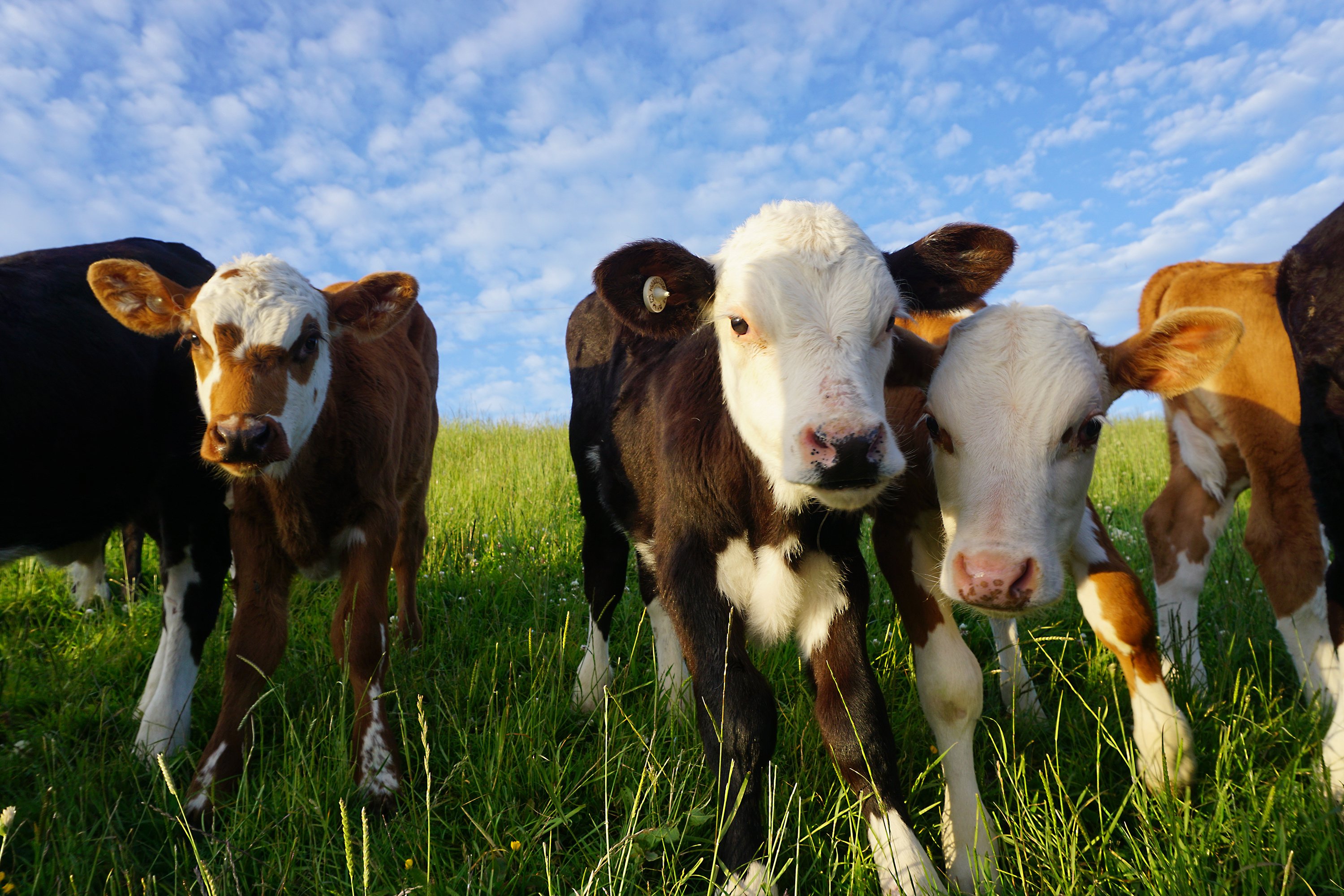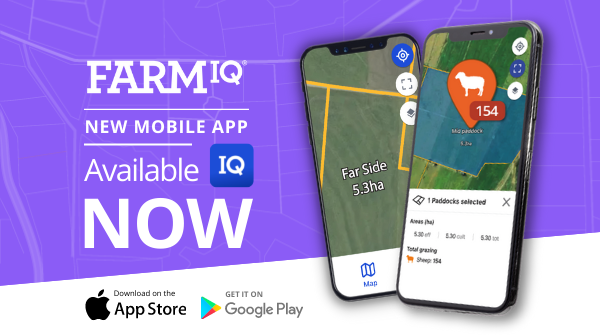
Cloud-based software is the way to go for farmers these days.
Yes, “cloud” is no longer just the name for a mass of water vapour up in the sky! It is now also used to describe software that’s accessed via the internet – rather than sitting on a desktop computer.
It represents a new phase in information technology that’s been going for about a decade now, and many industries are shifting to cloud-based software.
It offers six big advantages for farmers…
1. No more loading updates
When software is accessed via the internet, it can be updated there by the developer and there’s no need for each user to do updates on their own computer. There’ll be a bit of an outage when the software is pulled down, but once the upgrade has occurred users just log in and the new version is there. There’s no mucking around with having to upload updates every week or so.
2. Secure storage
The cloud gives farmers peace of mind because valuable farm information is not sitting on a laptop, desktop or scale indicator that could break down or get stolen. The software and all files are kept securely stored, and the information is all well backed up.
3. Plenty of capacity
Because the software and farm information are in the cloud, the use of them is not limited by the processing or storage capacity of the farm’s computers. Instead, the farmer can call upon plenty of capacity in the cloud-based system.
4. Easy access
With the software and information files in the cloud, a farmer can give a login to any staff member, adviser or other person they want to share their farm information with. This person can then access it from any computer or web-enabled device, such as a phone. It also gives the farmer easy remote access.
5. Numbers for benchmarking
With permissions, software in the cloud can easily collate high-level information from several farms and produce benchmarks. These can then be made available to users so they can monitor their own farm performance against them. The more farmers that get involved, the more representative these benchmarks will be.
6. Sharing across systems
Cloud-based software makes it realistic for information to be shared between software systems. For example, stock reconciliation figures can be taken from a farm's management database to feed into a financial accounting system or feed budgeting software. This means you only enter information once and it's more likely to be accurate and reliable, as well as saving you time. Such sharing is guided by the New Zealand Farm Data Code of Practice and associated data standards.
Want to learn about cloud-based software that is helping New Zealand farmers drive their farm's performance?



